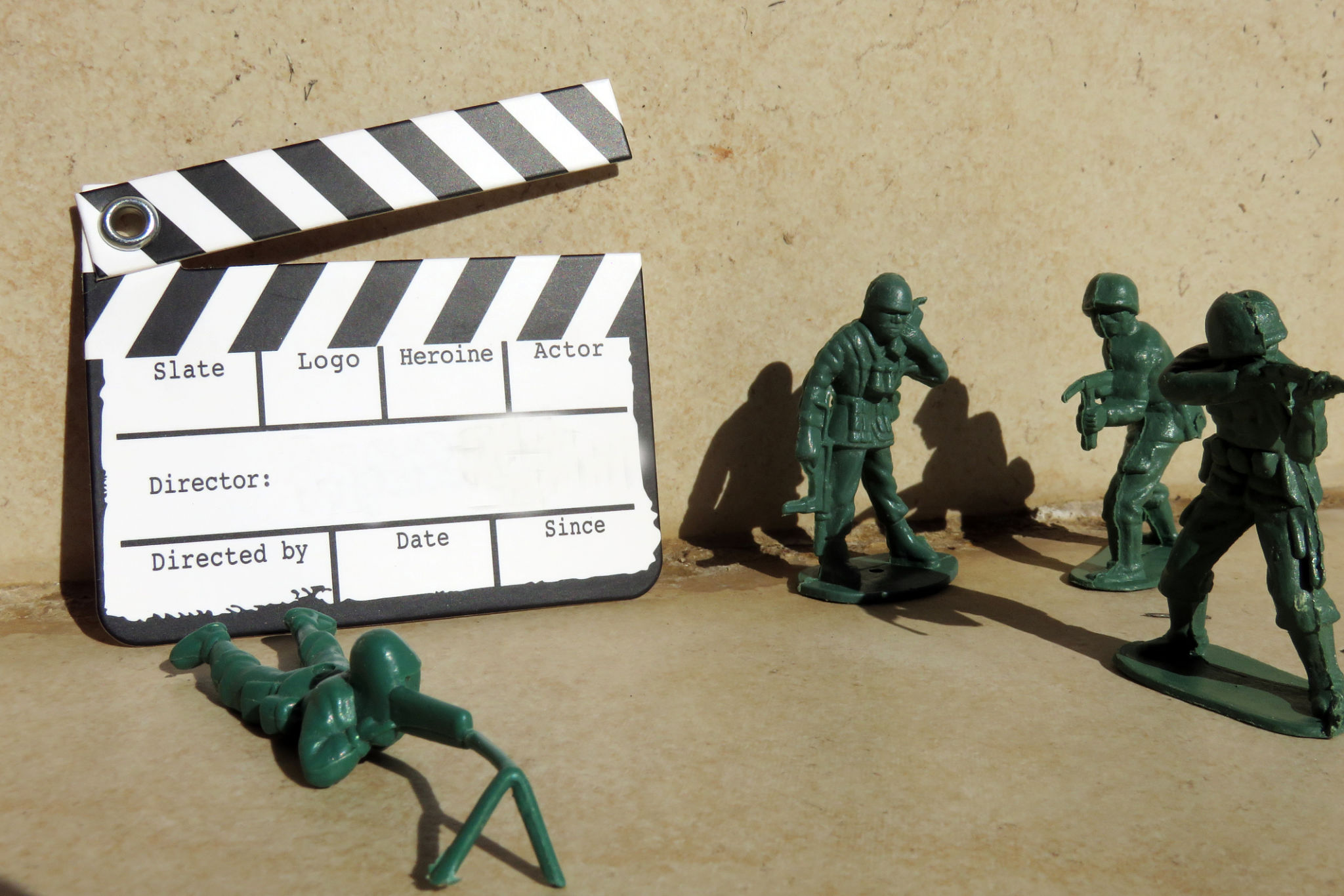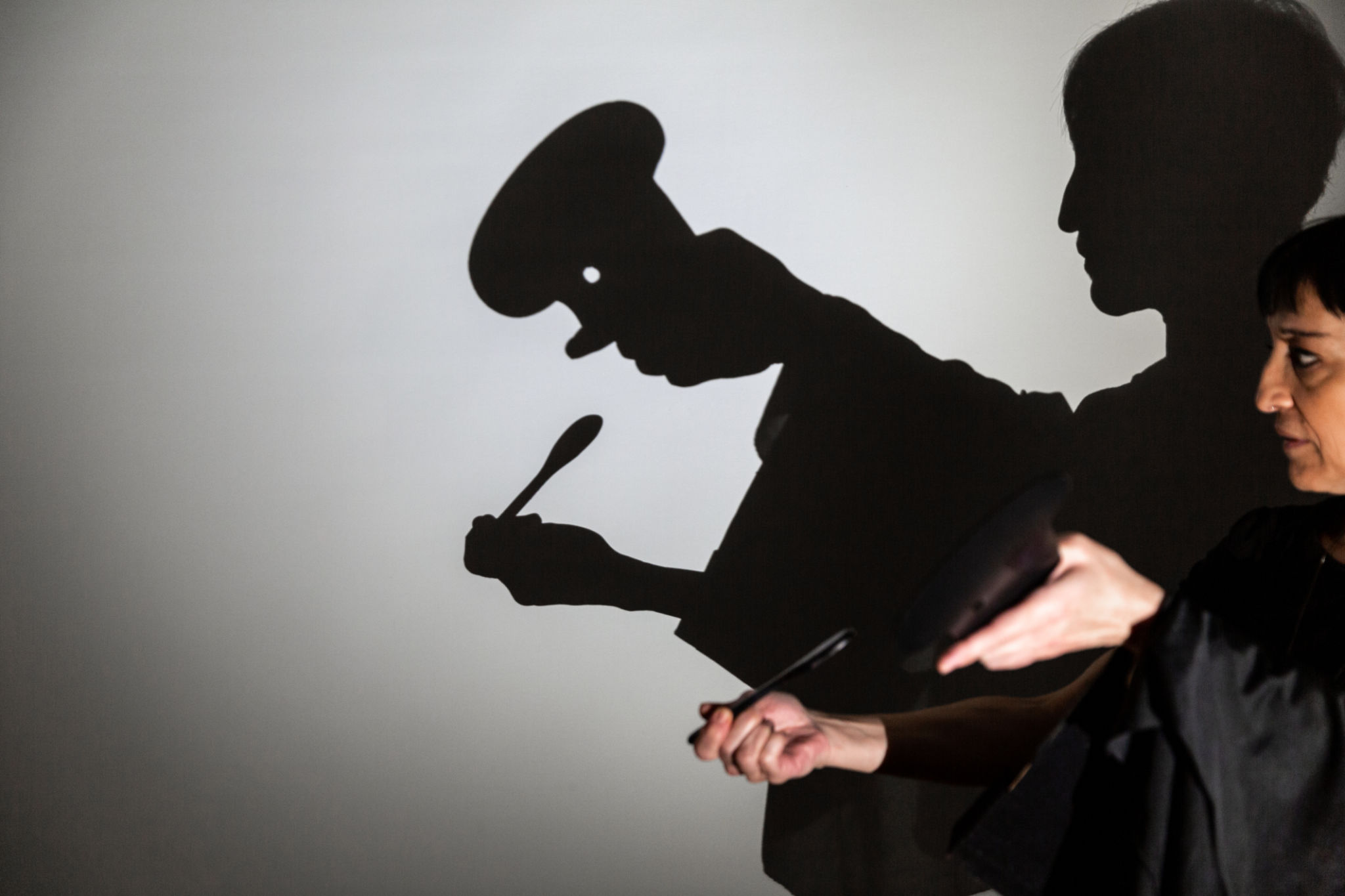The Power of Storytelling in War Films: Insights from 'Children of a Hope'
The Art of Storytelling in War Films
War films have long captivated audiences with their gripping narratives and intense portrayals of conflict. However, the true power of a war film often lies in its ability to tell a compelling story, one that resonates on a deeper emotional level. "Children of a Hope" is a prime example of how effective storytelling can transform a war film from mere spectacle to a profound exploration of human resilience and hope.
In "Children of a Hope," the narrative centers around the experiences of young individuals caught in the throes of war. The film doesn't just recount battles and strategies; it delves into the personal stories of its characters, offering a window into their struggles, dreams, and fears. This focus on personal narratives allows the audience to connect with the characters, making their experiences more relatable and emotionally impactful.

Character Development: Creating Emotional Connections
One of the key elements that "Children of a Hope" excels in is character development. By carefully crafting multidimensional characters, the film ensures that viewers are not just passive observers but active participants in the journey. Each character has a distinct personality, backstory, and set of motivations, which adds depth to the narrative.
The power of storytelling in this context is evident as viewers find themselves rooting for these characters, understanding their choices, and empathizing with their plights. This emotional connection is vital in war films, as it transforms abstract concepts like sacrifice and courage into tangible human experiences.
Thematic Depth: Exploring Universal Truths
Beyond character development, "Children of a Hope" uses storytelling to explore universal themes that resonate with audiences worldwide. Themes such as hope amidst despair, the loss of innocence, and the quest for peace are intricately woven into the narrative fabric of the film. These themes transcend cultural and geographical boundaries, allowing the film to speak to a diverse audience.

By addressing these themes through personal stories, the film invites viewers to reflect on their own lives and the world around them. It challenges audiences to consider the broader implications of war and conflict while offering a message of hope and resilience.
The Role of Visual Storytelling
In addition to its narrative strengths, "Children of a Hope" employs visual storytelling techniques to enhance its impact. Cinematography plays a crucial role in conveying the emotional tone of the film. From sweeping landscapes that highlight the vastness of the conflict to intimate close-ups that capture the raw emotions of the characters, each shot is meticulously crafted to support the story.
This visual approach not only makes the film aesthetically pleasing but also reinforces its themes and emotional core. The use of color palettes, lighting, and camera angles all contribute to creating an immersive experience that draws viewers deeper into the narrative.

The Impact on Audiences
The power of storytelling in war films like "Children of a Hope" extends beyond entertainment. These films have the potential to inspire change by prompting audiences to think critically about issues such as justice, humanity, and peace. They can spark conversations and foster empathy, encouraging viewers to consider perspectives other than their own.
As such, storytelling in war films holds a unique position in both cinema and society. It not only entertains but also educates and enlightens, leaving a lasting impression on those who experience it. The narrative strength of "Children of a Hope" exemplifies how effective storytelling can elevate a film to become a powerful tool for reflection and understanding.